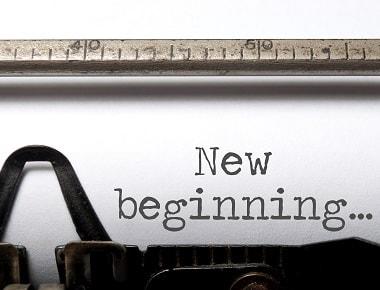6 Signs & Symptoms of Meth Addiction
Crystal meth is a highly addictive, synthetic stimulant that affects the central nervous system. With a rush of euphoria, dopamine floods the brain, creating a powerful high that’s hard to resist. Addiction takes hold quickly. Before long, health deteriorates, relationships suffer, work falls by the wayside, and the fabric of someone’s life begins to unravel.
In order to avert disaster, addicts need help and support. While family and friends are in the best position to spot the warning signs of drug abuse, they often lack the tools to spot a problem before it spirals out of control. To close the knowledge gap, we’ve listed some of the most common signs of meth addiction.
6 Signs to Look Out For
1. Legal Trouble
Crystal methamphetamine is illegal. The government classifies it as a Schedule II substance, which includes some of the most dangerous and addictive drugs in the world. Possession of the drug always constitutes a crime and typically brings felony charges.
In addition, meth addiction may lead people to further crimes. They may need to steal money to fuel their growing need; they may get into fights over their stash; they may run at the first sight of a police officer. If someone continues to use the drug in spite of mounting legal troubles, then it’s almost certain they’re suffering from a substance abuse problem.
2. Preoccupation with Drugs
For an addict, drugs top the list of priorities. Work, family, friends, even personal hygiene all take a backseat to crystal meth, which becomes the driving force in a user’s life. Indeed, one of the clearest meth addiction signs is a preoccupation with the drug.
A meth addict will frequently plan his or her schedule, finances, and recreation around the drug. They would rather score a hit than get to work on time, or get high with a fellow user rather than meet up with old friends.
3. Social Isolation
As drug use replaces other activities and dealers replace friends, an addict will become increasingly isolated from friends, family, and even acquaintances. A sense of shame will also drive them apart, as will a desire to hide the obvious signs of meth addiction from their loved ones.
The resulting social isolation only exacerbates the problem. In the absence of a strong support network, the addict loses touch with positive influences, and frequently with reality itself. Addiction sets them adrift in a sea of loneliness, and only the active intervention of friends, family, or concerned onlookers can help them restore their ability to build healthy relationships.
4. Lying and Stealing
People lie for many reasons. Others steal for the kick of it. That being said, a sudden change of behavior can indicate a deeper problem. If money begins to disappear; if someone starts to make excuses for where they are or what they’re doing, then addiction is one possibility.
Addicts often go to great lengths to hide their use from others. At the same time, they need an ever-increasing supply of money to fuel their habit. The result is a series of tell-tale behaviors—sneaking around, selling valuables, borrowing or even stealing money, lying about activities or whereabouts, etc.
5. Health Problems
Crystal meth wreaks havoc on the body. The long-term physical effects range from irritating, to debilitating, to life-threatening. Friends and family members may notice the following signs of a meth addict:
| Physical Signs of a Meth Addict | Psychological Side Effects |
| » Tremors » Open sores » Tooth decay » Insomnia » Nausea and vomiting » Hair loss » Skin problems » Itching or scratching » Weight loss » Liver damage |
» Nervousness » Aggressiveness » Paranoia » Disorganized thoughts » Repetitive behaviors » Psychosis » Hallucinations » Memory loss |
6. Withdrawal Symptoms
Addiction often goes hand in hand with physical dependence. A user who has become dependent on the drug will experience meth withdrawal symptoms shortly after their last use. Signs of meth addiction withdrawal include:
• Intense cravings
• Nausea and vomiting
• Insomnia
• Shaking and tremors
• High blood pressure
• Fever and chills
• Sweating
• Heart palpitations
• Respiratory failure
Addiction Treatment
 If someone you care about displays one or more crystal meth addiction signs, then it may be time to stage an intervention and reach out for help. Contact Yellowstone Recovery to learn more about our affordable treatment options in southern California.
If someone you care about displays one or more crystal meth addiction signs, then it may be time to stage an intervention and reach out for help. Contact Yellowstone Recovery to learn more about our affordable treatment options in southern California.
- Treatment Options
- Program Curriculum
- Program Services








